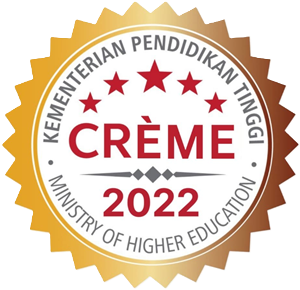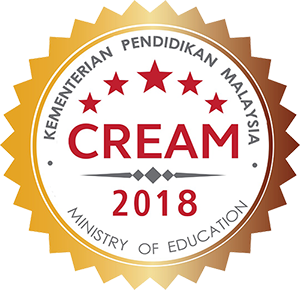GENETIC CONTROL ON HEARTROT DECAY OF ACACIA MANGIUM WILLD GENOTYPES
DOI:
https://doi.org/10.26525/jtfs2025.37.4.440Keywords:
Acacia mangium, disease tolerance, heartrot, heritability, Perenniporia tephroporaAbstract
Acacia mangium Willd. has been widely planted for wood production across Southeast Asia, where plantations have been frequently damaged by diseases such as heartrot. But little attention has been paid to creating disease-tolerant genotypes within the progeny tests of this species in these countries. This study evaluates disease status of A. mangium at 3 years of age in two progeny trials established in Tuyen Quang and Quang Tri provinces, Vietnam. Heartrot disease tolerance was inferred by quantifying damage incidence using acoustic tomography on standing trees and assessing lesion length after artificial inoculation with the fungal pathogen Perenniporia tephropora that is commonly associated with heartrot. Our results showed that the damage incidence and lesion length differed significantly among families. The heritability estimates for damage incidence (ĥ2 = 0.25) and lesion length (ĥ2 = 0.38) were moderate. Genotype by environment interactions did not impact damage incidence or lesion length. Our finding also indicates that the damage incidence measured by acoustic tomography on standing trees could be an indirect and highly reliable method for quantifying the genetic variation of this trait in A. mangium. Several A. mangium families with low incidence of heartrot and small lesion lengths following inoculation were identified for the continued development of A. mangium in Vietnam.









